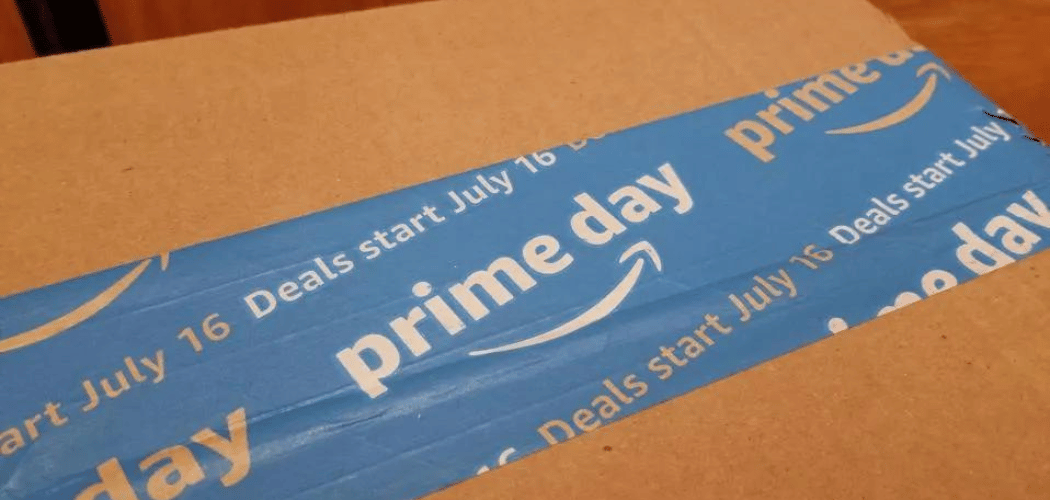The giraffe is out of the toy box, and the hole it has left to fill is not just big; it is limitless.
Limitless in terms of the kinds of new toys that will be introduced as a result of the failing of Toys R Us. Less than two months after the chain closed its doors for good, national retailers including Target, Walmart and even J.C. Penney are plotting their holiday strategies for capturing Geoffrey the Giraffe’s newly available toy dollar.
The influence these retailers will have on leading toymakers such as Hasbro, Lego and Mattel will likely determine the toys we find on store shelves and online in holiday seasons to come. Consider that the liquidation of Toys R Us contributed largely to an 11% decline in revenue at Hasbro alone in the first half of 2018, to $1.6 billion from $1.8 billion, the company stated in its quarterly earnings report
And in a second-quarter earnings conference call, Mattel CEO Ynon Kreiz told investors the potential for Toys R Us market reabsorption by other retailers appears “better than initially anticipated.”
“We’re seeing all of the major retailers stepping in and capturing and taking share,” he said, according to a transcript on Seeking Alpha.
Retailers Aren’t Playing Around
The $21 billion toy industry may look fun on the shelf, but the competition behind the scenes likely is not suitable for children.
Walmart, in its strategic move to claim more of the market, in August announced plans to expand its toy selection by 30% in stores and by 40% online — to include hundreds of new exclusive toys such as the Hot Wheels Ultimate Garage and All Star Hover Board. Also as part of its “America’s Best Toy Shop” holiday strategy, the retailer will host 2,000 in-store theme parties, or “play dates,” that will give shoppers the chance to try out toys, pose for pictures and receive giveaways.
Online, Walmart.com will include toy reviews, recommendations and advice from top toy influencers.
“We are making even bigger investments in the category to ensure we have the widest selection of toys at the best prices and an unmatched in-store and online experience to show customers the best place to shop for toys is Walmart,” Anne Marie Kehoe, Walmart’s U.S. vice president of toys, stated in a press release.
Target is putting up a fight, however, with plans to nearly double its holiday toy selection from 2017, to include more than 2,500 that will be new and exclusive items, it stated in a press release. Online, Target will showcase the top toys of the season by key trends and plans to launch a digital version of its annual kids gifting catalog.
“This holiday season, we’re pulling out all the stops to make Target the ultimate destination for toys, and this curated list of top toys is just the beginning,” Mark Tritton, Target’s executive vice president and chief merchandising officer, stated in the release.
Kohl’s and J.C. Penney are among other retailers that said they will expand their toy sections for the holidays, with Kohl’s planning to add lines from Lego and FAO Schwarz.
4 Reasons Toys Will Change
The disappearance of Toys R Us and the reabsorption of its market share by these mass merchants, supermarkets, department stores and other retailers that do not specialize in toys will likely lead to a reassessment of the toys that make it to the shelf. Walmart, Amazon and Target have more purchasing power than did Toys R Us, and now that they are getting more serious about the category, they’ll likely weigh in with more influence on what products are in the assortment mix.
Here are four ways that could happen.
Reason 1 — Educated Play: Using their own customer insights gathered through loyalty programs, surveys and credit card transactions, retailers may suggest specific types of toys to meet shopper preferences and emerging behaviors. They could ask for representation at toymakers’ concepting tables, where they can share fresh data or submit insights to help guide research and development.
Reason 2 — Action Figuring: The retailers picking up the Toys R Us market share aren’t solely toy destinations, so their toy departments will have to compete not only with those of other retailers, but with different in-store categories, from electronics to candy. Toymakers therefore may jockey for different display spaces within the store, and even online, which also could influence toy R&D (Target, for example, said it is showcasing “trendy toys”).
Reason 3 — One-of-a-Kind Barbie: Major brands such as Target and Walmart are bragging about their large selections of exclusives, which could result in high demand for intentionally limited-edition toys (and follow-up generations). There likely will not be a Walmart greeter Barbie, but the retailer does have an exclusive on the Power Wheels Barbie Dream Camper.
Reason 4 — Monopolied Money: Toys may get more expensive, or not. Target, Amazon and other retailers helped sink Toys R Us by undercutting on price. With Geoffrey out of the picture, these retailers have each other to compete against — on price, selection and even convenience (such as free two-day shipping). That being said, exclusive items could demand higher dollars.
There’s also the chance that major toymakers will step up their own retail operations. Hasbro and Mattel both sell toys online; the idea of them opening pop-up holiday shops or destination stores is not farfetched. The hole Toys R Us left in the $21 billion toy industry is limited only to the imagination.
Bryan Pearson a Featured Contributor to The Wise Marketer and is the President of LoyaltyOne, where he has been leveraging the knowledge of 120 million customer relationships over 20 years to create relevant communications and enhanced shopper experiences.
This article originally appeared in Forbes. Be sure to follow Bryan on Facebook and Twitter for more on retail, loyalty and the customer experience.




